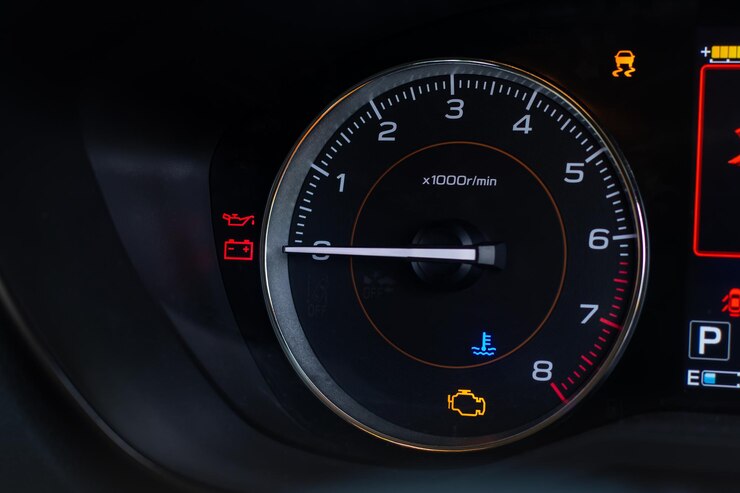The engine valve timing plays a critical role in the proper functioning of an internal combustion engine. It ensures that the intake and exhaust valves open and close at the right time, allowing for optimal engine performance and fuel efficiency. In modern vehicles, engine valve timing is controlled by a complex system that may have its own warning light on the dashboard. In this article, we will discuss the importance of engine valve timing warning lights and provide troubleshooting tips to address any related issues.
Importance of Engine Valve Timing:
- Engine Performance: The engine valve timing directly affects the airflow into and out of the combustion chambers. Correct valve timing allows for efficient combustion, which results in improved engine performance, power, and acceleration.
- Fuel Efficiency: Proper valve timing ensures the right air-to-fuel ratio, which promotes fuel efficiency. When the valves open and close at the right moment, fuel is burned more effectively, leading to better mileage and reduced emissions.
- Smooth Operation: Engine valve timing contributes to the overall smoothness of the engine’s operation. When the valves are timed correctly, engine vibrations are minimized, resulting in a smoother and more comfortable driving experience.
Troubleshooting Engine Valve Timing Warning Lights:
- Check the Warning Light: When the engine valve timing system encounters a problem, a warning light specific to this issue may appear on the dashboard. This warning light may resemble a symbol of an engine or may display text such as “VVT” (Variable Valve Timing) or “VTC” (Variable Timing Control). It indicates that there is a malfunction in the valve timing system.
- Inspect Oil Level and Quality: The engine valve timing system relies on proper lubrication to function correctly. Check the engine oil level and quality. Low oil level or dirty oil can affect the system’s operation. If necessary, top up the oil or perform an oil change to ensure optimal lubrication.
- Inspect Wiring and Connectors: The valve timing system utilizes sensors and solenoids that control the timing. Inspect the wiring harness and connectors associated with the valve timing system for any signs of damage, corrosion, or loose connections. Faulty wiring or connectors can disrupt the system’s operation and trigger the warning light.
- Clean or Replace Solenoids: Solenoids are responsible for controlling the movement of the valve timing components. Over time, they can become clogged with debris or fail due to wear. Cleaning or replacing the solenoids, as recommended by the vehicle manufacturer, can help restore proper valve timing.
- Check Timing Belt or Chain: Some vehicles use a timing belt or chain to control the valve timing. If the timing belt or chain becomes worn, stretched, or breaks, it can result in incorrect valve timing and trigger the warning light. Regular maintenance and timely replacement of the timing belt or chain are crucial to avoid such issues.
- Consult a Professional: If you have performed the basic troubleshooting steps mentioned above and the warning light persists, it is recommended to seek the assistance of a qualified mechanic or dealership. They have the necessary diagnostic equipment and expertise to identify and address more complex issues with the engine valve timing system.
Maintaining proper engine valve timing is vital for the overall performance and longevity of your vehicle’s engine. By understanding the importance of engine valve timing warning lights and following the troubleshooting tips provided, you can address any issues with the valve timing system and ensure optimal engine performance and efficiency. Remember, timely maintenance and regular inspections are key to preventing major problems and maximizing the lifespan of your vehicle’s engine.











